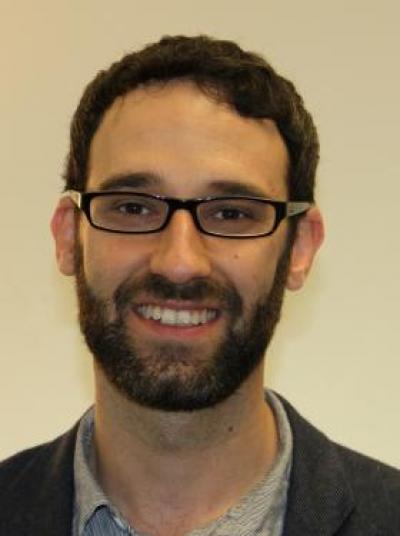Late Modernism and the War State

Principal Investigators: Thomas Davis, Department of English
Most accounts of 20th century literature and culture highlight the dramatic impact of World War I. The most revered works of literary modernism from the 1910s and 1920s -- Virginia Woolf’s Mrs. Dalloway, Ernest Hemingway’s In Our Time, T.S. Eliot’s The Waste Land -- are marked by the overwhelming sense of alienation, cultural fragmentation, and disenchantment that followed the devastation of the first total war.
Yet the impact of World War II on modernism’s transformation has received far less attention. In part of his forthcoming book, The Extinct Scene: Late Modernism and Everyday Life, Thomas Davis examines how the British state used the work of late modernist artists and writers during World War II to consolidate national identity, promote emergency policies, and appeal to other nations for assistance and support.
Poets such as Louis MacNeice and Stephen Spender collaborated on wartime broadcasts for the BBC. Renown documentary filmmaker Humphrey Jennings marshaled avant-garde techniques to produce some of the most formally stunning propaganda for the British state, including the classic Listen to Britain. And Elizabeth Bowen, the war’s premier short story writer, did espionage for Winston Churchill and wrote reports on the state of Irish neutrality.
With support from the Mershon Center, Davis conducted archival work on the War Artists Advisory Commission, the state organization responsible for coordinating the work of artists and writers with the aims of the British state. His fourth book chapter explains in part how the WAAC recruited the sculptor Henry Moore to document how Londoners huddled in Tube stations underground during air raids. Moore’s sketches became the signature images of the Blitz, but, as Davis shows, these images worked against the intentions of the WAAC.
Davis also spent three weeks in England doing research at the Imperial War Museum in London, British Museum, and Mass-Observation Archive in Brighton. Two articles informed in part by his archival work have appeared: “Late Modernism: British Literature at Midcentury” (Literature Compass, April 2012) and “Elizabeth Bowen’s War Gothic” (Textual Practice, January 2013).
Investigators
Filters: 2011-2012, English
